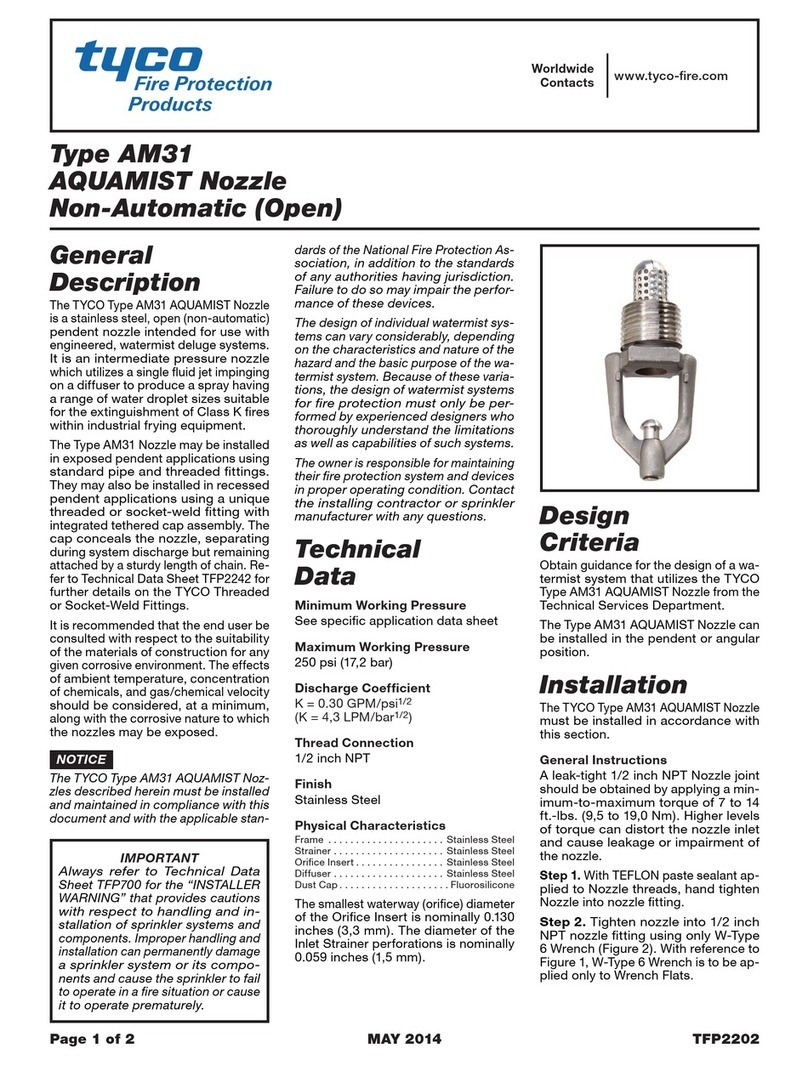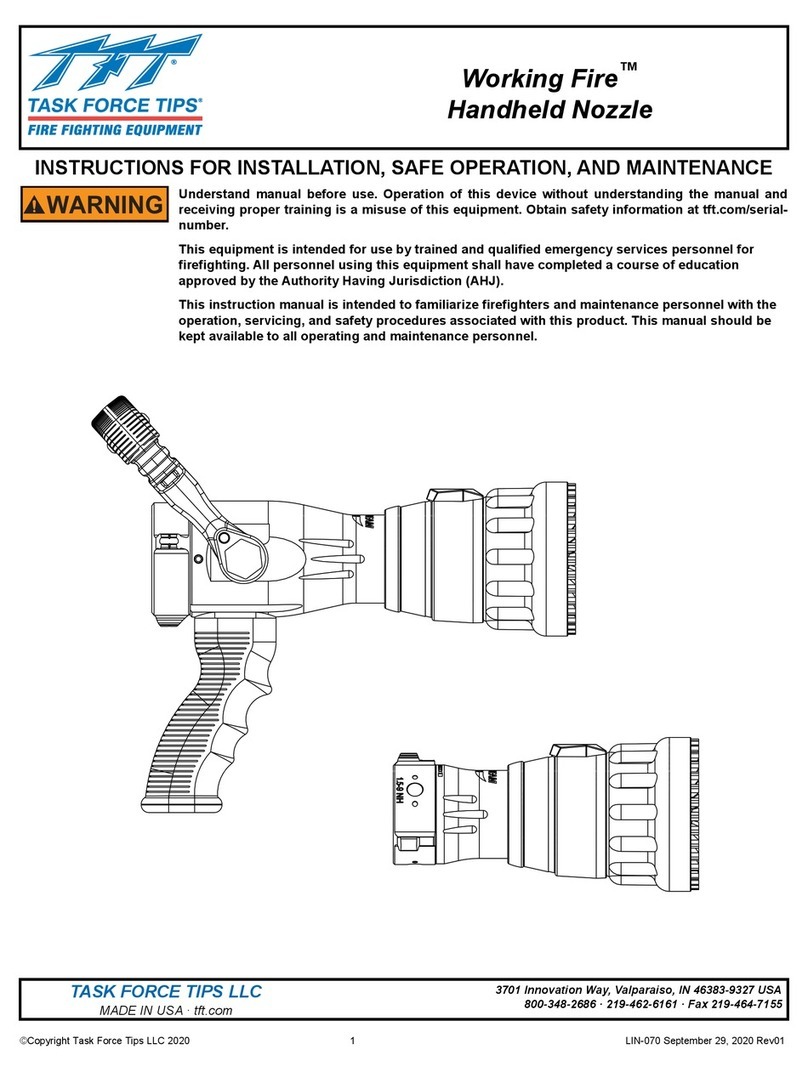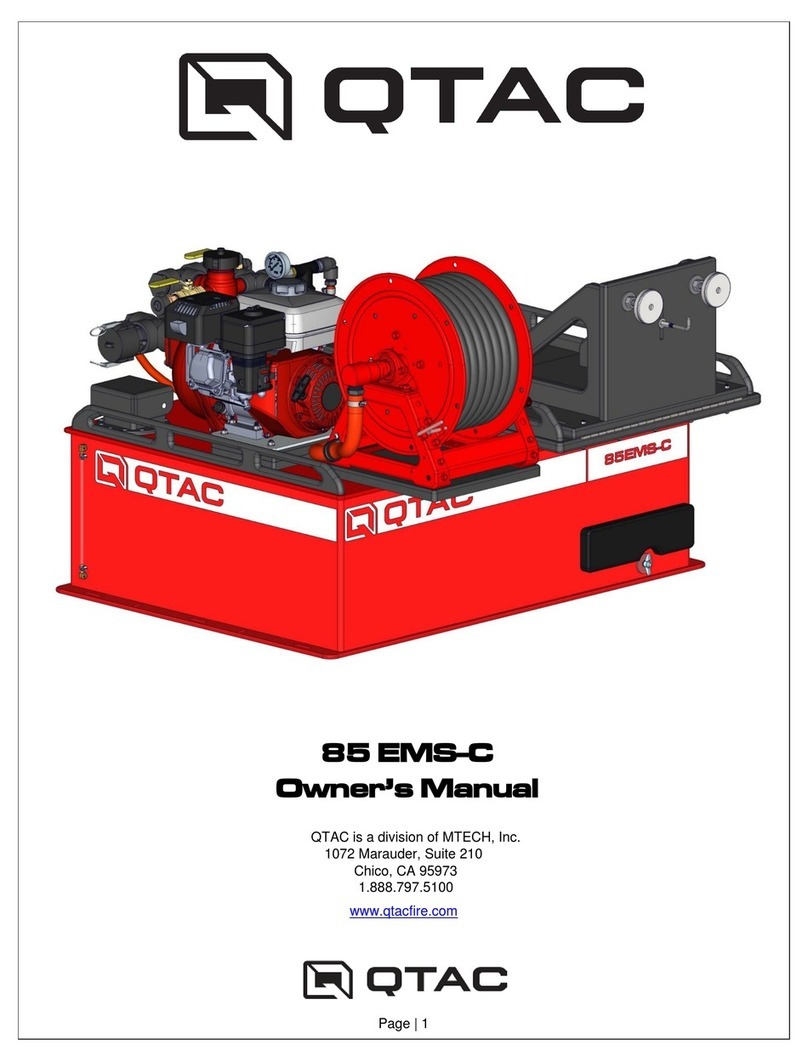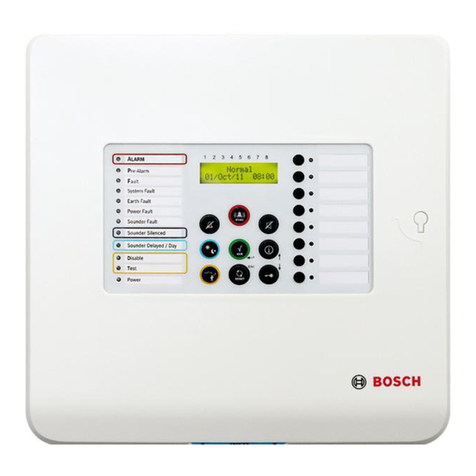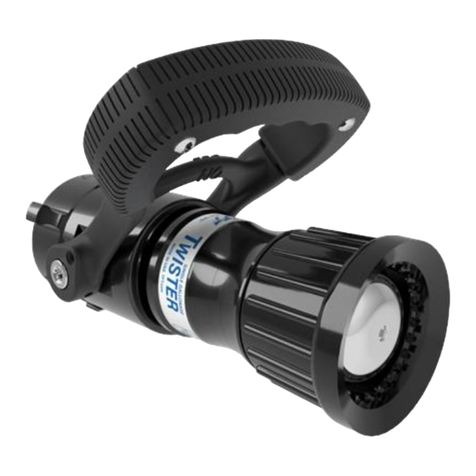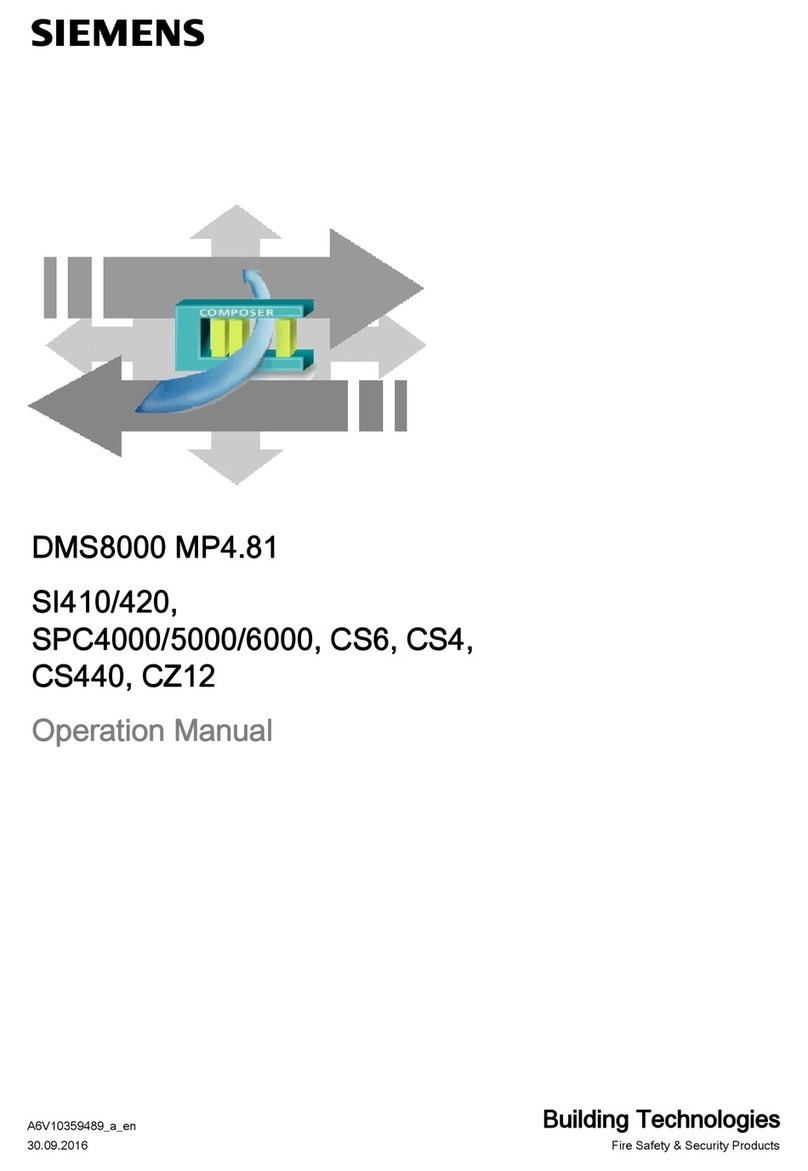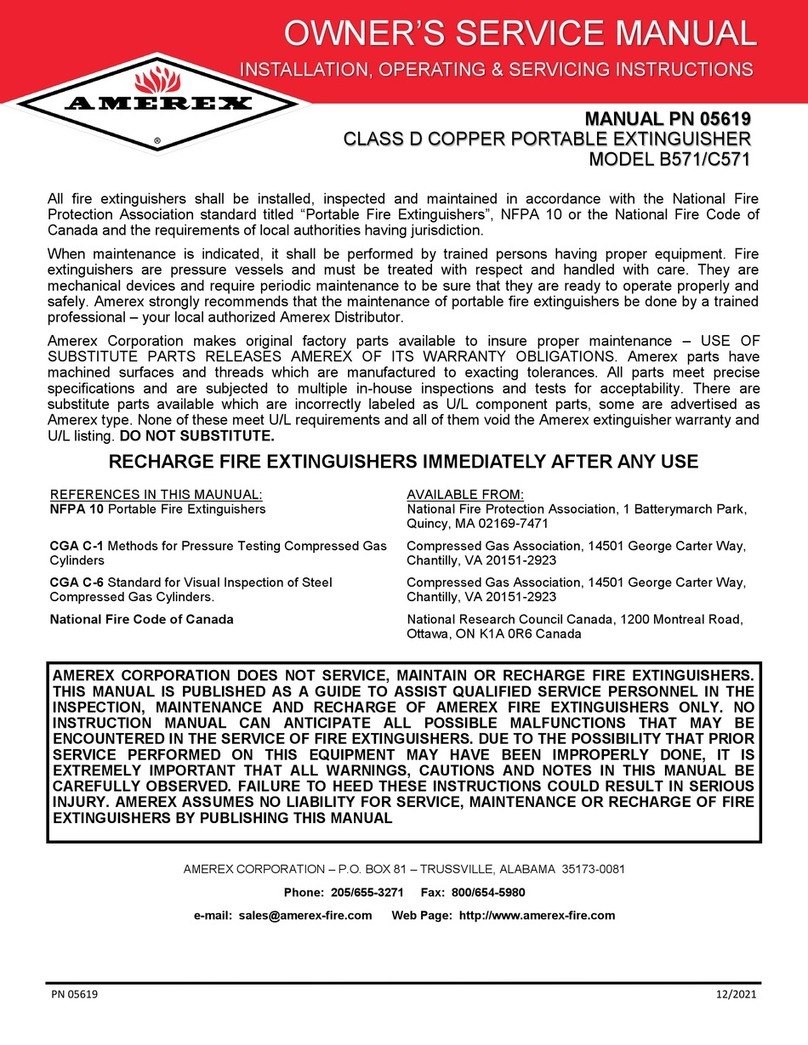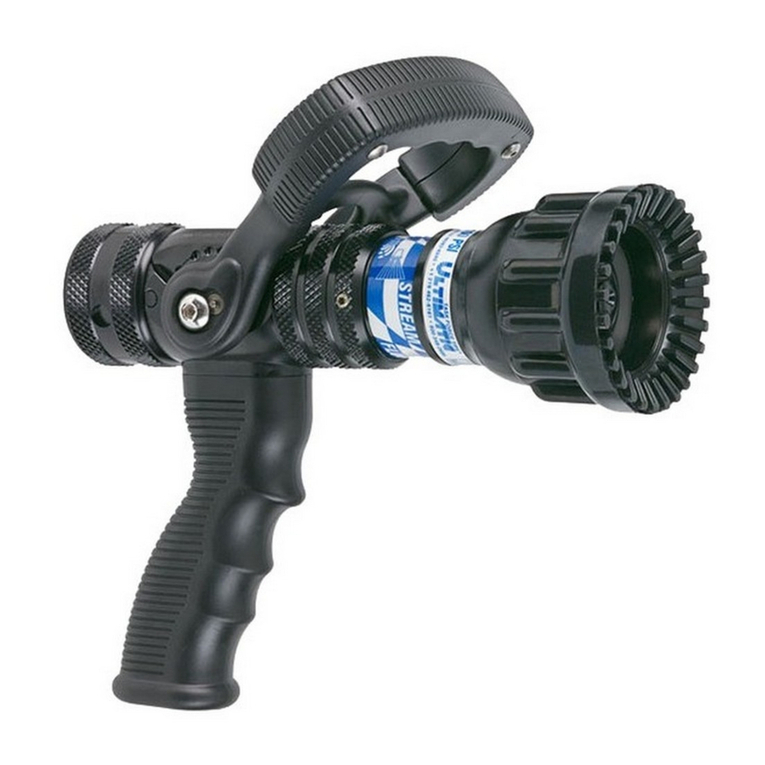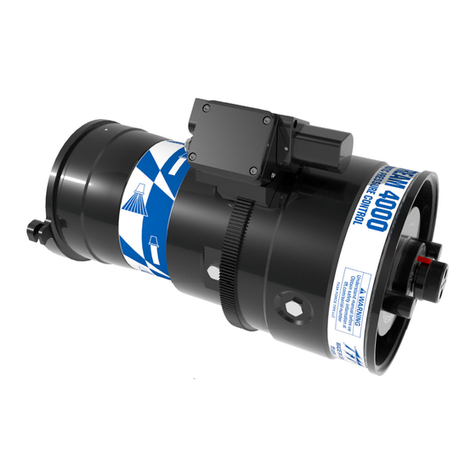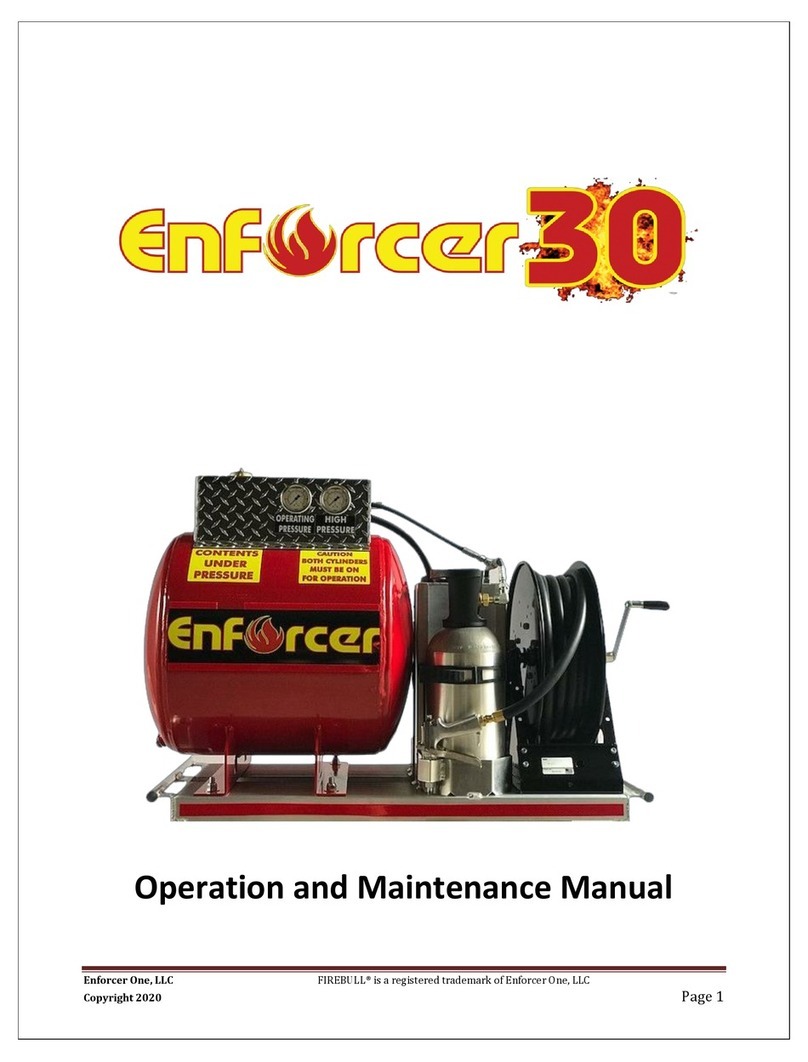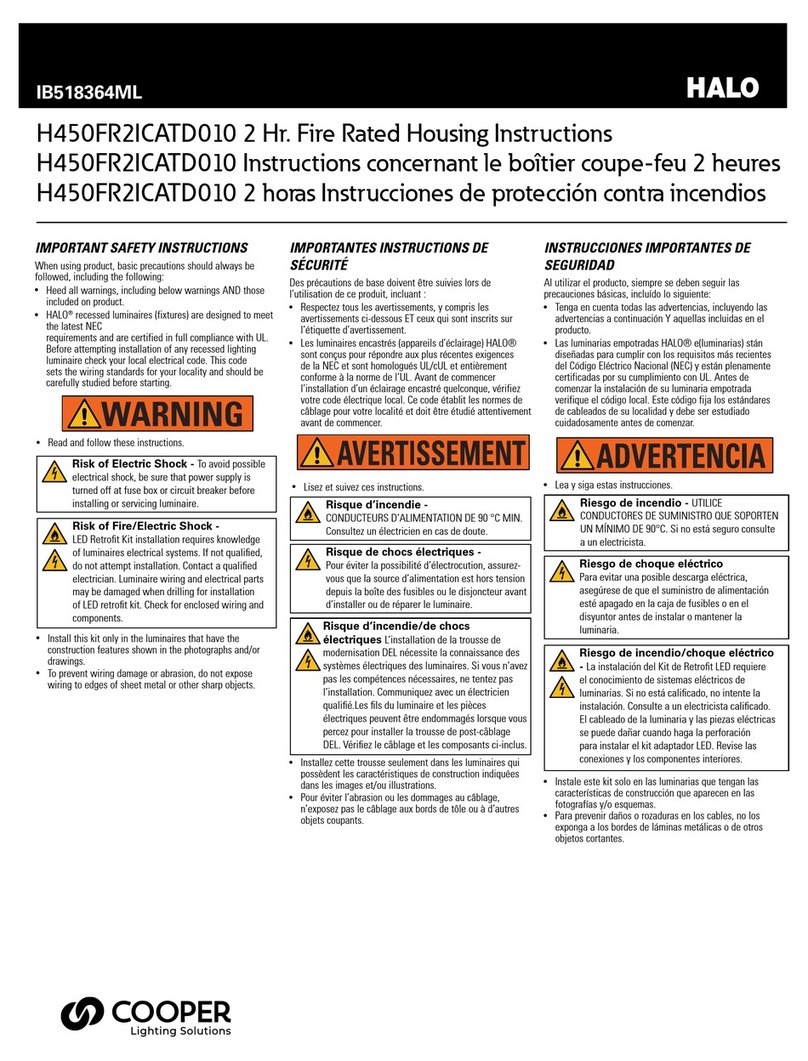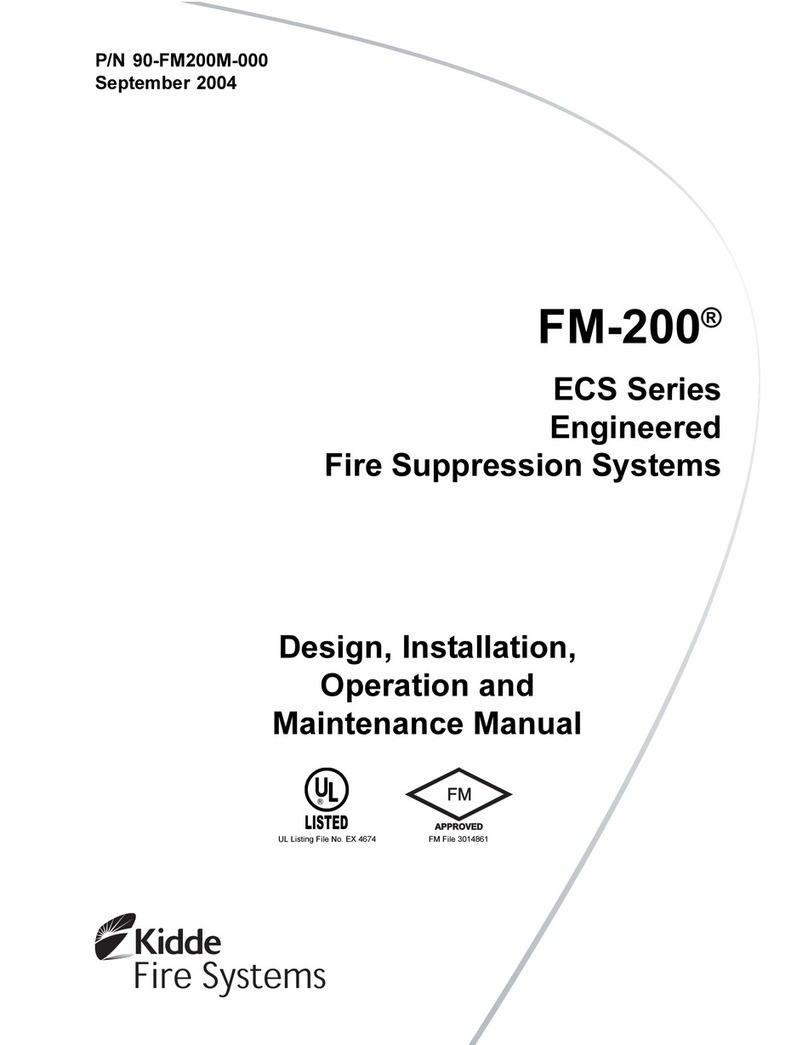
P/N 06-237620-001 v June 2020
Foreword ...................................................................................................... i
Attention Installers ......................................................................................... ii
Safety Summary............................................................................................. iii
Safety Data Sheets ......................................................................................... iii
Table of Contents............................................................................................ v
CHAPTER 1 GENERAL INFORMATION
1-1 Introduction ........................................................................................ 1-1
1-2 Safe Cylinder Handling Procedures ......................................................... 1-2
1-2.1 Transporting Container ......................................................................... 1-2
1-2.2 Rough Handling ................................................................................... 1-2
1-2.3 Storage .............................................................................................. 1-2
1-2.4 Anti-recoil safety cap............................................................................ 1-2
1-2.5 Safety Transportation Cap, Guard, or Shroud........................................... 1-2
1-3 About the System ................................................................................ 1-3
1-4 Agents Overview.................................................................................. 1-3
1-4.1 Agent Safety Concentrations ................................................................. 1-3
1-4.2 IG-100 (Nitrogen) ................................................................................ 1-5
1-4.3 IG541 (Nitrogen, Argon, and Carbon Dioxide) .......................................... 1-7
1-4.3.1 Purity ................................................................................................. 1-7
1-4.4 IG-55 (Nitrogen and Argon) .................................................................. 1-10
1-4.4.1 Purity of Argon and Nitrogen ................................................................. 1-10
1-4.5 IG-01 (Argon) ..................................................................................... 1-13
CHAPTER 2 INSTALLATION AND MAINTENANCE
2-1 Introduction ........................................................................................ 2-1
2-2 Installation.......................................................................................... 2-1
2-3 Agent Storage Cylinders....................................................................... 2-2
2-4 Instructions in Case of Fire.................................................................... 2-2
2-4.1 Automatic Operation ............................................................................ 2-2
2-4.2 Local Manual Operation (Single Area) ..................................................... 2-2
2-4.3 Local Manual Operation (Multi Area System) ............................................2-2
2-4.4 Post-Fire Operation .............................................................................. 2-3
2-5 Main and Reserve Systems....................................................................2-3
2-6 Maintenance Procedures ....................................................................... 2-4
2-6.1 Preventative Maintenance Schedule........................................................ 2-4
2-7 Weekly ............................................................................................... 2-6
2-7.1 Check Natura IGS System Cylinder Pressure............................................ 2-6
2-7.2 Check Nitrogen Pilot Cylinder Pressure.................................................... 2-6
2-7.3 Hazard and Enclosure Inspection............................................................ 2-6
2-7.4 Pipework and Controls Inspection........................................................... 2-6
2-8 Monthly .............................................................................................. 2-6
2-8.1 Perform General Inspection ................................................................... 2-6
2-8.1.1 Inspect Discharge Nozzles..................................................................... 2-6
2-8.1.2 Inspect Pull Stations............................................................................. 2-6
2-8.1.3 Inspect Pressure Switches..................................................................... 2-7
2-8.1.4 Personnel............................................................................................ 2-7
2-8.2 Inspect Hazard Access .......................................................................... 2-7
TABLE OF CONTENTS
